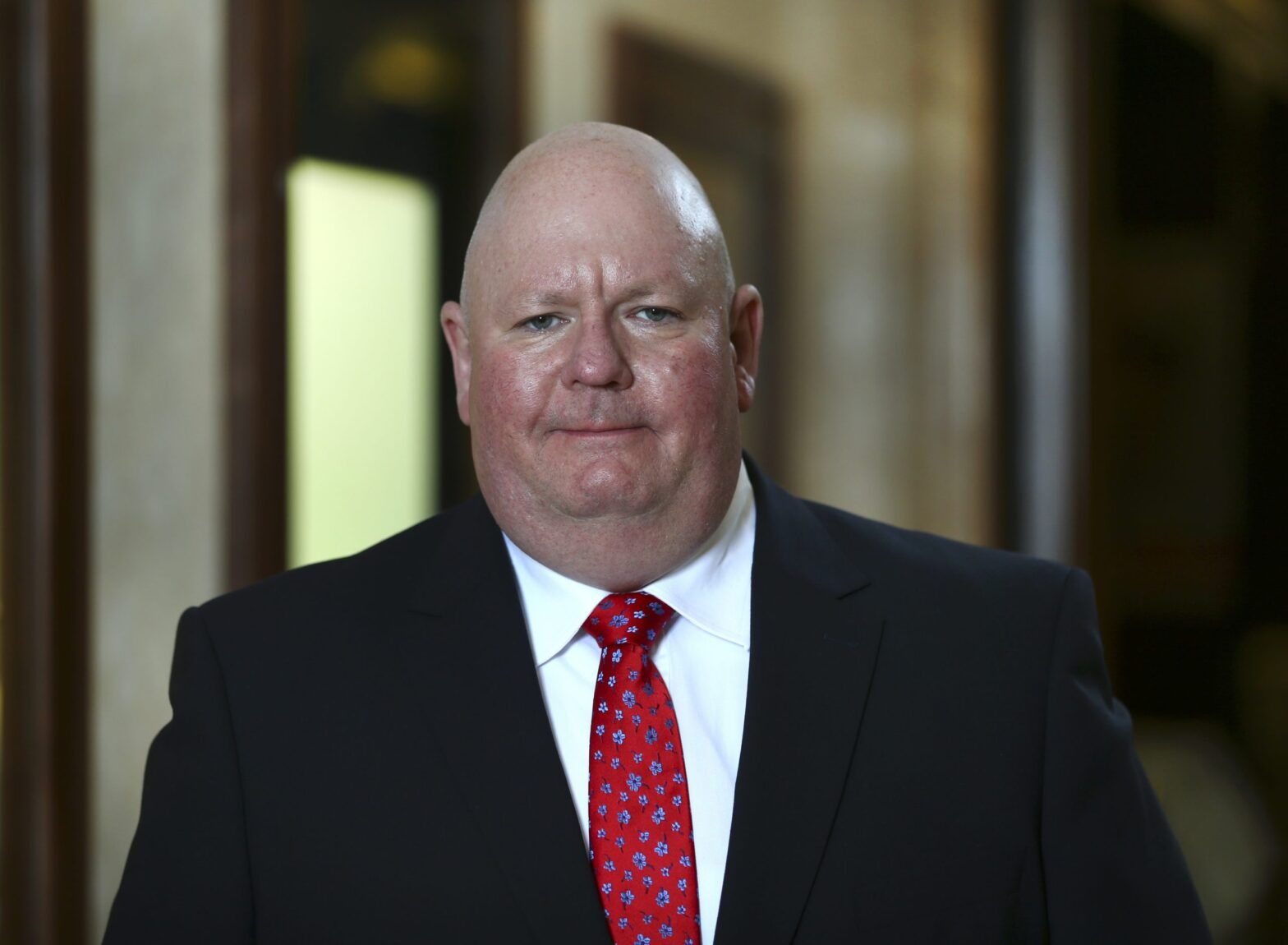Over the past few weeks, I attended a number of conferences and meetings with professional investors who either have already integrated ESG-related funds into their portfolios or wanted to do so in the near future.
Despite the fact they all have different views on what sustainable investments are and which themes should be covered, one thing was common for these investors. They are unsure of how to evaluate fund products since they want to avoid buying funds that may not be suitable for their purpose or that become the subject of a greenwashing scandal in the future.
One would expect that professional investors should be able to identify and select funds that are suitable for their purpose or have a proper ESG-related investment approach. But the truth is that this task is much harder to perform than one would expect since the analysis of ESG-related products is quite complex. Complexity shouldn’t be seen as an excuse to avoid buying sustainable products, but it puts the respective fund selector under higher pressure.
But why is the analysis of ESG-related products more complex than for other funds? First of all, unfortunately, not all funds are true to label. As revealed by several research reports, there are numerous funds registered for sale in Europe that mention an ESG approach within their fund’s name that is not reflected by their benchmark. Others mention, for example, an ESG approach in their fund name but actually follow an SRI benchmark. In addition to this, we witness an increasing number of ESG-related benchmarks that have different approaches when it comes to the implementation of ESG criteria as well as the usage of positive and negative screenings. All the acronyms used for these approaches add another layer of complexity to the analysis.
Second, some funds may have higher tolerances with regard to the inclusion of controversial industry exposure such as weapons, alcohol, tobacco, etc., which means that the respective fund may hold companies which the investor doesn’t want in their portfolio.
Therefore, it is necessary for fund selectors to add some extra layers to their analysis approach to understand how the filters and screens implemented by the fund manager work, as this is the only way to identify the most suitable products for their portfolios. In addition to this, the fund selectors have to monitor the chosen funds as closely as possible to avoid exposures to sectors and/or single companies that are unsuitable for their portfolios.
The Sustainable Finance Disclosure Regulation might be somewhat helpful with regard to the fund analysis, but in the current format it is not supposed to ease the work of fund selectors. This means that the market regulators need to think about the next regulatory steps to increase the transparency of the European fund industry even further, as it is obvious that it might be impossible for retail investors to identify suitable ESG-related funds for their portfolios when professional fund selectors are struggling with this task.








